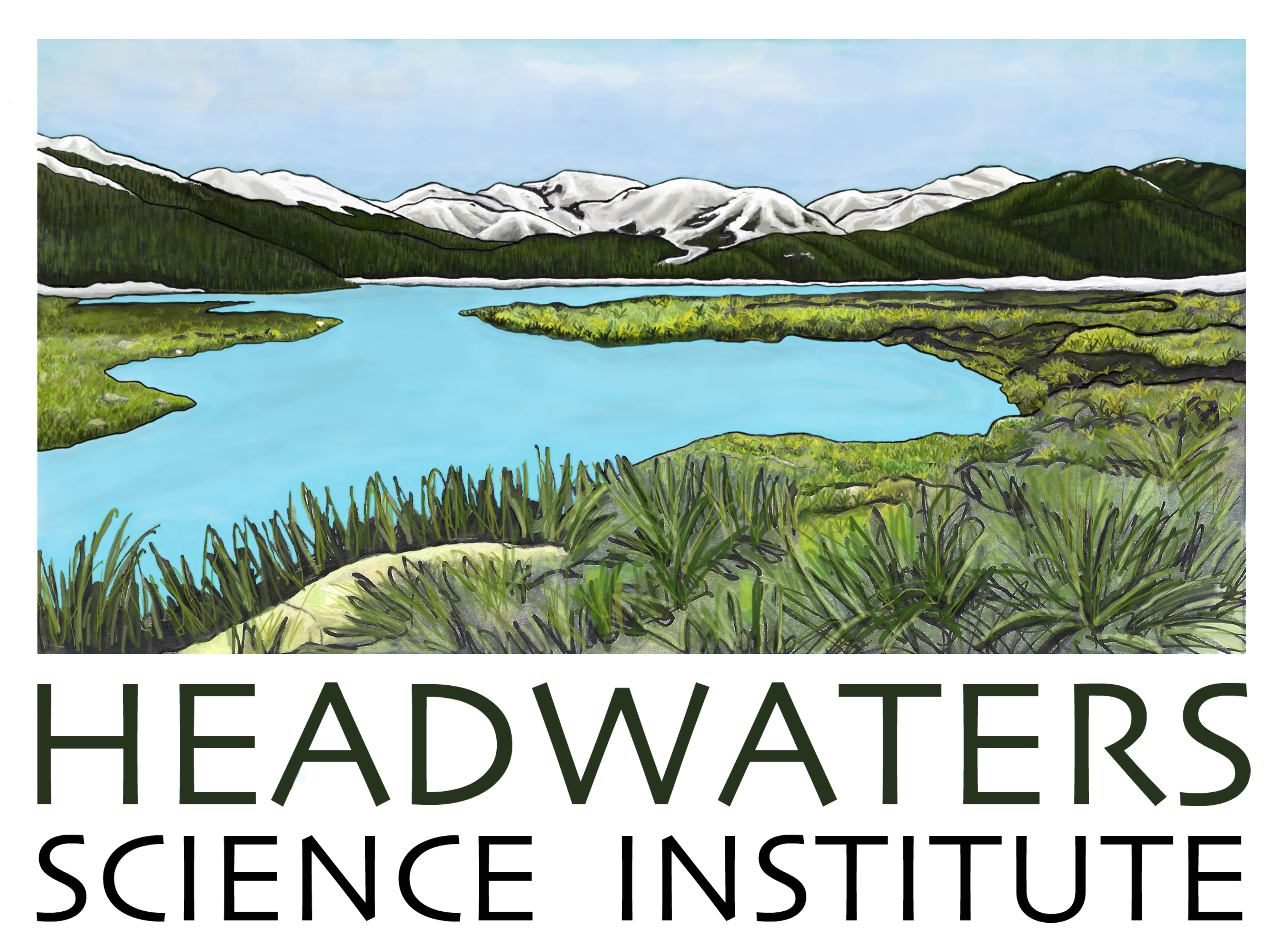The importance of citizen science in researching snow with Dr. David Hill
Author(s): David Hill1, Megan Seifert2
1. Oregon State University 2. Headwaters Science Institute
450 total view(s), 218 download(s)
Description
Please click here to take our Lunch with a Scientist QuestionPro survey.
Dr. David Hill is a professor at Oregon State University and a National Geographic Explorer. No matter the hemisphere, if it is springtime, you’ll find him out on skis sampling the snow between mountain summit and trailhead. For over 25 years, he has studied how water behaves from snowy mountain headwaters to coastal environments. David joins us to talk about how we can use citizen science to study snow.
Check out this map of California and Nevada to learn details about recent snowmelt and more. David’s suggestions:
1. Play around with toggling on the ’swe data.’ You can show actual values, changes, percent of normal, and so on.
2. Play around with National Gridded Data. This is a computer model, at a coarse 1 km scale. With CSO, we try to run models on a 25 meter scale or so.
Engage in your own citizen science:
You can contribute to projects like David’s by sharing your own snow depth data. Check out Mountain Hub to get involved.
Learn more about David’s research:
To read some of David’s published articles and academic work, click here.
Cite this work
Researchers should cite this work as follows:
- Hill, D., Seifert, M. (2022). The importance of citizen science in researching snow with Dr. David Hill. Headwaters Science Institute, QUBES Educational Resources. doi:10.25334/0W4F-9R33
